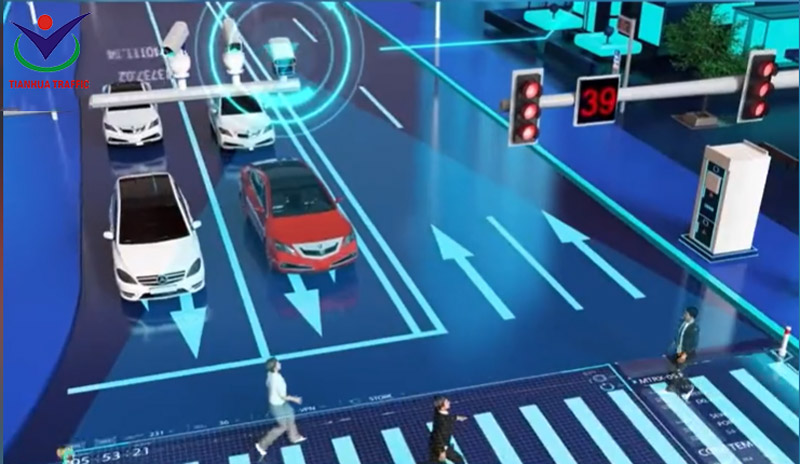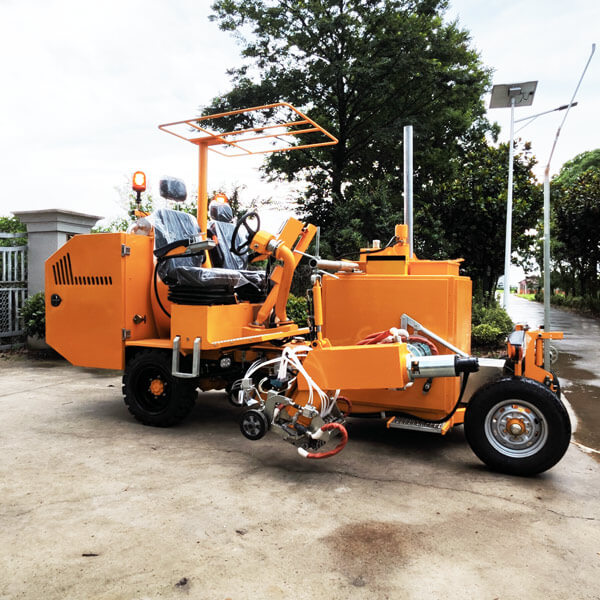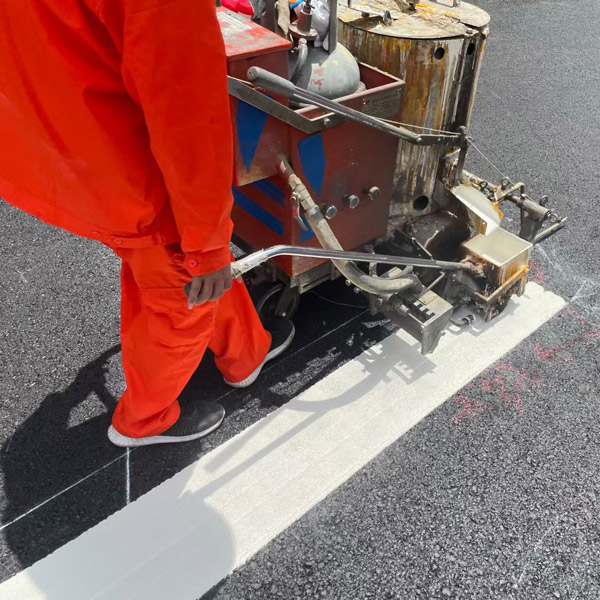Integrated Smart Transport Initiative (ISTI) — Zimbabwe | Smart Traffic Systems for Safer Roads
Target audience: national & municipal transport authorities, procurement teams, traffic control centres, and civil works / system integrator contractors.
Executive summary
The Integrated Smart Transport Initiative (ISTI) is a practical programme to reduce road carnage, improve driver behaviour and modernize enforcement and traffic management across Zimbabwe. ISTI combines automated enforcement (ANPR/over-speed/RED-light), real-time traffic management, data analytics and localised operations to deliver measurable reductions in fatalities and serious injuries while improving traffic flow and revenue collection.
Why ISTI matters for Zimbabwe
- Rapid, evidence-based reduction of fatal/serious injury crash rates.
- Faster, more accurate enforcement with digital evidence chains.
- Data-driven road safety planning and targeted interventions.
- Revenue recovery through automated e-ticketing that funds maintenance & operations.
Core system architecture — what ISTI delivers

- Edge sensing layer: ANPR/LPR cameras, high-speed radar/LiDAR, and pavement sensors for redundancy.
- Edge compute: local video analytics for event detection (overspeed, red-light, wrong-way).
- Communications: resilient combos of fibre, 4G/5G and satellite backhaul with VPN and encryption.
- Central Traffic Management Center (TMC): event management, evidence packaging, dashboarding, APIs and case management.
- Integrations: vehicle registry (CVR), police databases, payment gateways and court systems.
- Operations & maintenance: local spare parts, SLA-backed support and training programs.
Procurement & RFP checklist — what to require
Below items should be HARD requirements or top-weighted evaluation criteria in any RFP:
- ANPR performance: daytime recognition >98%, night >92% with listed test reports.
- False-positive rate: documented, with automatic confirmation workflows and human review.
- Evidence integrity: hashed video, tamper-proof logs and time-synchronised UTC/GPS timestamps.
- Localisation: local language UI, on-site training and parts stocked in Zimbabwe.
- Interoperability: REST/JSON APIs for CVR, payment and court systems.
- SLA & support: 24/7 monitoring, 4-hour critical response, spare part provisioning.
Pilot & rollout roadmap (recommended)
- Pilot (0–9 months): one city CBD corridor + 5 high-risk junctions. Deploy 10–30 cameras, edge nodes and TMC module. Validate KPIs.
- Operational optimisation (9–12 months): tune algorithms, bandwidth, and process flows; train local staff; start e-ticket trials.
- City roll-out (12–36 months): phased expansion across municipal networks and integration with national databases.
- National scaling: extend to trunk roads & border corridors; harmonise data for national analytics and road safety planning.
Budget guidance — indicative ranges
Costs depend on technical spec, site conditions and scale. Use these to scope budgets:
| ANPR camera (per unit, incl. housing & mounting) | USD 3,000 – 8,000 |
| Radar or LiDAR speed sensor (per unit) | USD 1,000 – 3,000 |
| Edge compute node (per site) | USD 5,000 – 12,000 |
| TMC software (small-city license) | USD 40,000 – 120,000 |
| Installation, civil works & power | USD 500 – 3,000 per site |
| Annual O&M (typical) | 10% – 20% of capex |
KPIs & Success metrics — what procurement should measure

- System uptime >99% (monthly)
- ANPR recognition rates — day/night
- Average event-to-evidence packaging time <24 hours
- Reduction in fatal/serious injury crashes — target ≥20% in pilot within 12 months
- Violation processing throughput & payment conversion rate
Privacy, legal and governance considerations
Design ISTI with privacy-by-design: minimise data retention, mask plate data except for confirmed violations, and publish a transparent privacy policy. Ensure evidence chain meets judicial admissibility and include an appeals workflow. Budget for legal advice to align e-ticketing with Zimbabwean law.
Sample RFP excerpt (copy-paste)
Common implementation risks & mitigations
- Power & comms instability — use solar+UPS and multi-path comms.
- Maintenance gaps — include spare-part stocks and local training in contract.
- Public acceptance — run education campaigns, transparency on use of fines.
FAQ — quick answers for decision makers
Q: Will ISTI reduce road deaths quickly?
A: Evidence from similar deployments shows measurable reductions in fatal/serious crashes within 12 months if combined with enforcement and targeted engineering works.
Q: Can the system work offline?
A: Edge analytics allow event capture even with intermittent connectivity; evidence packets queue and forward when the link is restored.
Q: What local skills are required?
A: Basic IT, CCTV maintenance, network engineering and traffic operations training — all of which can be transferred through a knowledge transfer programme included in contracts.
Call to action
If you are a transport authority, procurement office, or a systems integrator interested in piloting ISTI in Zimbabwe, request our detailed RFP template, BoQ and a tailored pilot budget by contacting our project team.
Request RFP & Pilot BudgetProduced by TIANHUA TRAFFIC — experts in Intelligent Transport Systems and public-sector deployments. We provide turnkey supply, integration, and knowledge transfer for sustainable road-safety outcomes.







